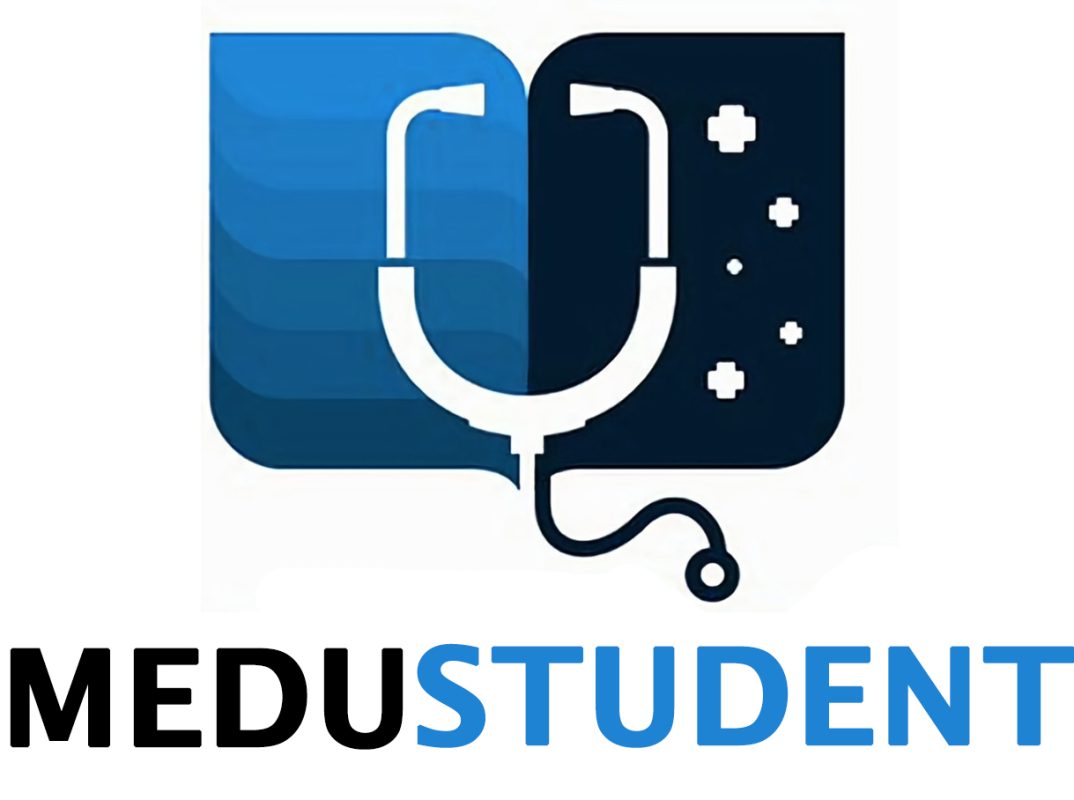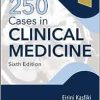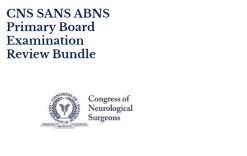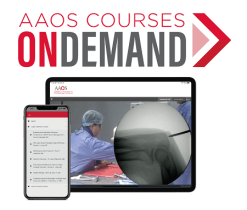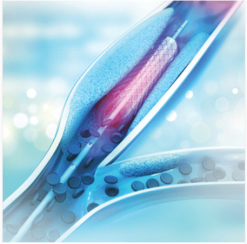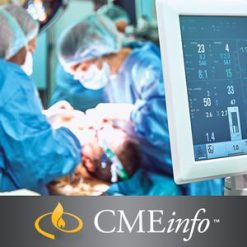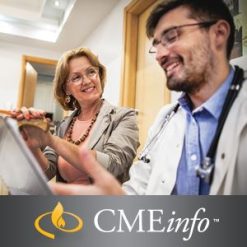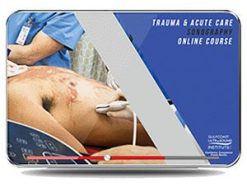Cleveland Clinic Restoring Neurological Function The Crossroads of Neurology, Psychiatry and Neurosurgery 2023
$30,00
This Product is shared via google drive download link, So please share your correct Gmail id while placing the order .Please note that there are no CME points or certificate associated with this course Samples for Courses Can be found here: Free Samples Here!
Cleveland Clinic Restoring Neurological Function The Crossroads of Neurology, Psychiatry and Neurosurgery 2023
- Include: 11 videos + 1 pdf, size: 5.11 GB
- Target Audience: neurologists, neurosurgeons, physiatrists, primary care physicians, psychiatrists, internal medicine physicians
- Sample video: contact me for sample video
Information:
Overview
This educational activity will review and analyze the most current developments in clinical practice and relevant research. Experts will present their analysis of the most recent evidence on the treatment and management of movement disorders, headache and chronic pain. Discussion will include how to utilize a holistic approach in managing this population including medical therapies, rehabilitation, surgical options as well as palliative care.
Target Audience
Neurologists, neurosurgeons, physiatrists, primary care physicians, psychiatrists, internal medicine physicians, physician assistants, residents, fellows, nurses, nurse practitioners, physical therapists, occupational therapists and allied health professionals.
Learning Objectives
After completing this educational activity, participants will be able to do the following:
- Define the palliative care needs across the spectrum of movement disorders given the high disease burden and changing course of illnesses.
- Identify risk factors for falls in patients with Parkinson disease (PD)
- Summarize the changes in cognition that patients with PD undergo, the factors that affect cognition, and the screening tests to assess for cognitive impairment in PD.
- Describe the relevant components of the examination for Cervicogenic headache, the various treatment options available, and the importance of nonpharmacologic interventions such as physical therapy.
- Discuss the key role that shared decision-making plays in the modern treatment paradigm of movement disorders and the tools available to guide shared decision-making.
- Describe the relationship between the gut-brain axis and migraine headache and implications for management.
- Summarize the facets of a holistic approach to pain management and the appropriateness of referral to pain management specialists.
- List the principles, advantages, and limitations of using focused ultrasound in the management of movement disorders.
- Differentiate dystonia from other movement disorders in the clinic and classify it using the latest criteria.
Topics:
- brochure.pdf
- Expanding Treatment Options Dystonia A New Look at an Old Disease.mp4
- Expanding Treatment Options Movement Disorder Surgery Update.mp4
- Expanding Treatment Options When to Refer To Pain Management for Chronic Pain.mp4
- Keynote Address Holistic Approach to Pain Management.mp4
- Updates in Headache Medicine Cervicogenic Headaches- The Physical Therapy Approach.mp4
- Updates in Headache Medicine Gut-brain Axis and Migraine.mp4
- Updates in Headache Medicine Real World Experience in Treating Migraine.mp4
- Updates in Movement Disorders Assessing Fall Risk in PD patients.mp4
- Updates in Movement Disorders Cognitive Changes in PD patients.mp4
- Updates in Movement Disorders Palliative Care Needs in Movement Disorders.mp4
- Updates in Movement Disorders Shared Decision-Making across the Disease Continuum.mp4
Related products
FAMILY MEDICINE
